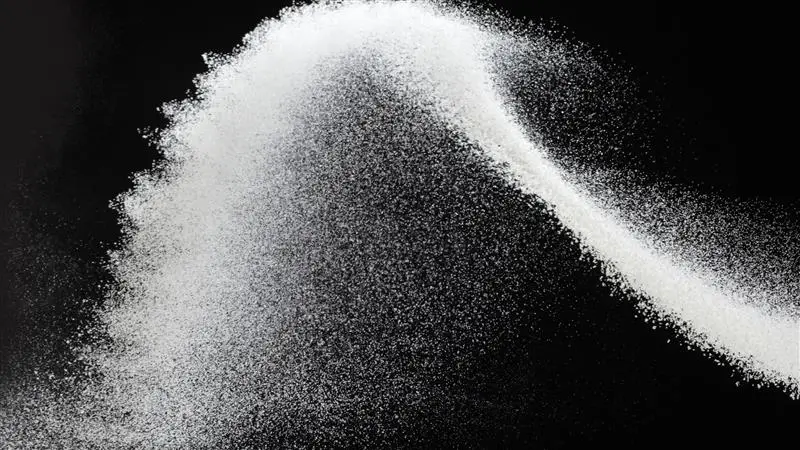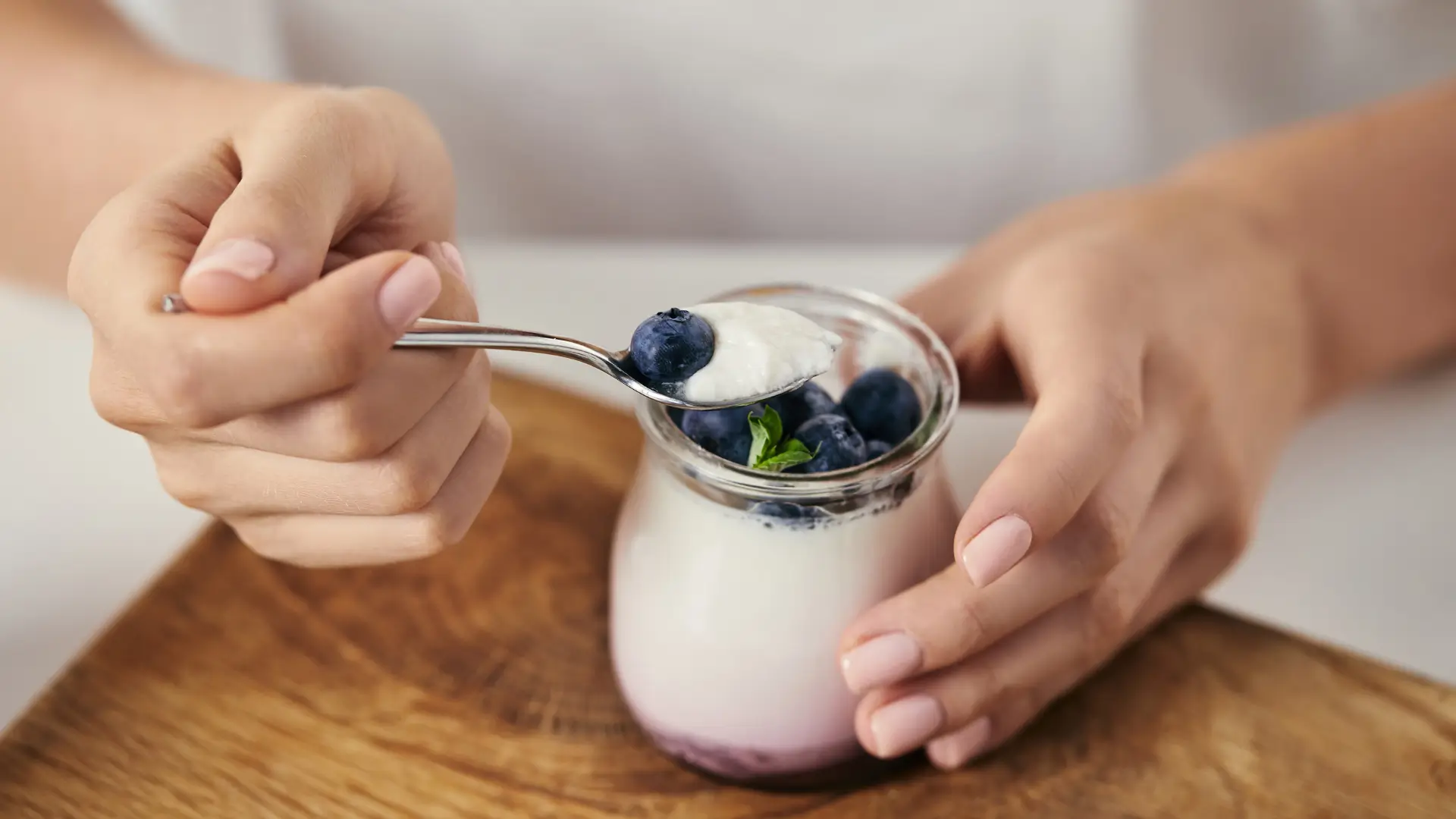As a food technologist or product developer, you stand at a crossroads. On one path, your marketing team is pushing for a “clean label” with a short, simple, and all-natural ingredient list. On the other path lies the technical reality: the need for ingredients that guarantee stability, safety, taste, and cost-effectiveness.
This is the modern formulator’s dilemma. The pressure to meet the clean label challenge is immense, but it often comes at a technical cost. This article is not another piece praising the “clean label” trend. It’s a pragmatic analysis designed to provide a framework for navigating this complex landscape and making sound, defensible decisions for your product.
What is “clean label,” really?
First, it’s crucial to acknowledge that “clean label” is a consumer-driven marketing concept, not a regulated scientific term. It generally implies:
- A short ingredient list.
- No artificial flavors, colors, or preservatives.
- Ingredients that are easily recognizable and sound “natural.”
While the consumer desire for transparency is valid, this often creates significant technical hurdles. The truth is, many “less clean” ingredients are used for very good reasons: safety, functionality, and performance.
The technical cost of the clean label challenge
Replacing a highly functional, proven ingredient with a “cleaner” alternative is rarely a simple swap. It almost always involves a series of technical trade-offs.
- Functionality & Texture: Replacing a workhorse like maltodextrin might require a complex and expensive blend of gums, fibers, and starches just to replicate its texture and mouthfeel. As we explored in our deep dive, maltodextrin is often a functional powerhouse, not just a filler.
- Stability & Taste: Swapping a hyper-stable sweetener like sucralose for a natural alternative like stevia can introduce issues with heat and pH stability, not to mention a bitter aftertaste that requires costly masking agents.
- Safety & Shelf Life: Traditional preservatives exist to ensure product safety. Replacing them with “natural” alternatives can shorten shelf life and require more complex processing, like cold-chain logistics, which increases costs.
A framework for making the right strategic choice
So, how do you navigate the clean label challenge? It’s not about rejecting the trend, but about making conscious, strategic decisions. Before reformulating, ask these questions:
- What is the core promise of THIS product? Is it a high-performance sports supplement where stability and efficacy are paramount? Or is it an organic snack for kids where a simple ingredient list is the primary selling point? The answer dictates your priorities.
- What are the non-negotiable technical requirements? Does the product need to be shelf-stable for 12 months? Does it undergo pasteurization? The technical demands of your process may immediately rule out certain “clean” alternatives.
- Who is the target consumer? An elite athlete may prioritize proven performance over an all-natural label. A wellness-focused parent will have the opposite priority. Formulate for your specific audience.
- What is the true cost-in-use? A “clean” ingredient may cost more per kilo and require additional ingredients (like flavor maskers) to work, drastically increasing the total formulation cost.
This framework allows you to move from a reactive “we must have a clean label” mindset to a proactive, strategic approach. At Nutri Partners, we believe in this balanced perspective. We supply a wide range of both traditional and “clean label” ingredients because we know that the best formulation is one that is both marketable and technically sound. The clean label challenge is best met with data, expertise, and a clear strategy.





